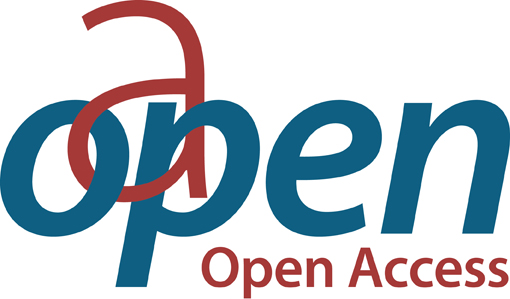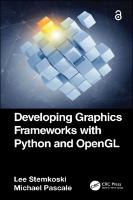Developing Graphics Frameworks with Python and OpenGL
Proposal review
Abstract
Developing Graphics Frameworks with Python and OpenGL shows you how to create software for rendering complete three-dimensional scenes. The authors explain the foundational theoretical concepts as well as the practical programming techniques that will enable you to create your own animated and interactive computer-generated worlds. You will learn how to combine the power of OpenGL, the most widely adopted cross-platform API for GPU programming, with the accessibility and versatility of the Python programming language. Topics you will explore include generating geometric shapes, transforming objects with matrices, applying image-based textures to surfaces, and lighting your scene. Advanced sections explain how to implement procedurally generated textures, postprocessing effects, and shadow mapping. In addition to the sophisticated graphics framework you will develop throughout this book, with the foundational knowledge you will gain, you will be able to adapt and extend the framework to achieve even more spectacular graphical results.
Keywords
rendering; 3DDOI
10.1201/9781003181378ISBN
9781000407952, 9780367721800, 9781032021461, 9781003181378, 9781000407952Publisher
Taylor & FrancisPublisher website
https://taylorandfrancis.com/Publication date and place
2021Imprint
CRC PressClassification
Graphical & digital media applications
Games development & programming
Computer science
Programming & scripting languages: general
Graphical and digital media applications
Games development and programming
Computer science
Programming and scripting languages: general


 Download
Download